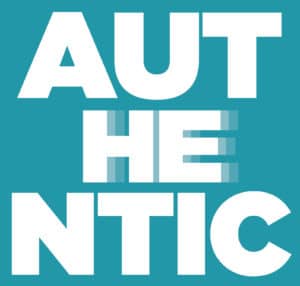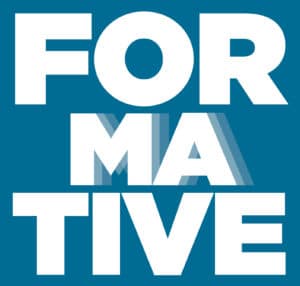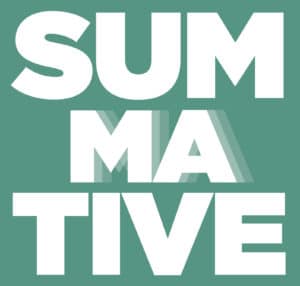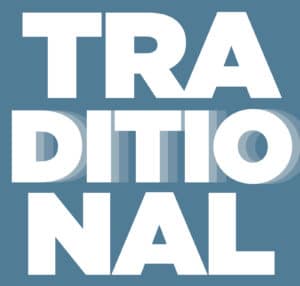Assessment Strategies
Instructors can use various assessment strategies to help measure students’ ability to master the learning outcomes. This section describes and compares various types of assessments.
Types of Assessments

Authentic
Authentic assessment asks students to demonstrate skills and knowledge by performing realistic tasks within the discipline. It provides opportunities to practice, consult resources, feedback, and refine performances and products.
- Support Authentic Assessments by providing a rubric. Review Teaching and Learning Innovations, Introduction to Rubrics
- Using Quality Matters Standards and Other Rubrics to Create Assessments – Dr. Bob Dubois

Formative
Formative assessment is designed to provide feedback to both students and instructors about how well the learning process is going. The following examples allow students to assess their own understanding of course concepts.
Examples:
- Self-tests using Canvas Quizzes tool
- Think-pair-share activities, Discussion Forum, or group spaces such as Google Drive or Canvas chat
- Low-risk assignments that allow students to demonstrate their knowledge, skills, and abilities such as Materia widgets
- Peer review and feedback

Summative
Summative assessment is designed to provide evidence that students have achieved a learning outcome or otherwise gained skills or knowledge throughout the course.
Examples:
- End-of-semester exams
- Projects such as recorded presentations, interviews, and demonstrations
- Portfolios such as Folio, ePortfolio, and Google site
- Presentations using Zoom, Panopto, Studio, and Flip
- Final papers, projects, and portfolio

Traditional
Traditional assessment (defined mainly as discrete-item testing) is used to emphasize the acquisition of a body of knowledge or skill. Does a student know the who, what, when, and where? Traditional assessment strategies are helpful when you want students to identify one best answer and/or target isolated skills in a concrete fashion.
Writing multiple-choice questions can be challenging, especially when challenging students’ higher-order thinking. Below in the video gallery, you will find OIT’s instructional video guide to writing higher-level multiple-choice questions.
Designing
Assessments
The following resources are provided to assist faculty in updating current resources.
- Assessment Toolbox – TLI provides a quick review of formative and summative assessments and a range of tools to implement them.
- Teaching Evaluation Toolbox – This resource from TLI is a faculty evaluation tool that addresses the observation process for both the evaluator and the instructor.
- Tips for Online Exams – This downloadable document from TLI outlines ten tips for creating and delivering online exams.
- Designing Effective Exams & Test Questions – TLI provides an overview of the different types of exam questions that instructors can utilize, things to consider before creating the exam, and “after test” checks an instructor can use to determine that a good test was constructed and used.
- Best Practices for Online Assessments – OIT offers a comprehensive one-stop shop for online asynchronous training related to many different aspects of designing and delivering an effective online assessment strategy.
- Formative and Summative Assessments – The Poorvu Center for Teaching and Learning from Yale provides information on formative and summative assessments to help instructors develop high quality assessments for their classrooms.
- Summative Assessments: Definition + [Example & Types] – This article from Formplus looks at the characteristics of effective summative assessments and examples to ensure students have a full grasp of a course.
- Course-Level Assessment – This resource from TLI defines formative and summative course assessments, including activities and examples of each.
